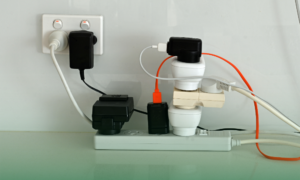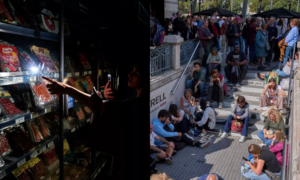Federal Energy Minister Josh Frydenberg says Australia must have the energy storage capacity of the Snowy 2.0 scheme.
In an opinion piece for the Financial Review published yesterday, Mr Frydenberg said Australians will pay more for electricity without the Snowy 2.0 pumped hydropower scheme.
The scheme relies on stored energy from the river water pumped up to an elevated dam. Upon release it flows back down through turbines, creating electricity.
The pumping would occur in non-peak times and also possibly use electricity derived from solar power. Effectively, this would turn Snowy 2.0 into a giant battery for use when demand dictated.
The scheme would add 2,000 MW of capacity to the existing hydro plants and 350,000 MW hours of storage.
Budget blow out of $2 billion on Snowy 2.0 scheme build
Mr Frydenberg voiced his opinion after a new estimate increased the cost by $2 billion. The current estimate is between $3.8 – $4.5 billion.

According to the report, the costs take into account “the need for extensive reinforcement of the Project’s structures due to the challenging geological conditions that were uncovered during the geotechnical drilling program”.
In addition, the costing does not include the $2 billion cost to connect Snowy 2.0 to the electricity grid. Mr Frydenberg said this is because poles and wires are assets that the operator typically builds.
He then went on to acknowledge that a lack of battery storage was a “gaping hole in the National Electricity Market”.
“With the capacity to store enough energy to run for seven consecutive days at its maximum output, Snowy 2.0 will be Australia’s biggest battery,” he said.
Massive storage capacity for the electricity grid
He added that the scheme would generate 2,700 times the storage of South Australia’s 100 MW Tesla battery. In addition, he warned that without the scheme, Australian would have no defence against “intermittent renewables”.
“Instead of falling electricity prices we will see upward pressure on price as volatility continues, there is less competition and other more costly gas [generators] and batteries are pursued to stabilise the system.”
Mr Frydenberg cited Liberal Party founder Robert Menzies, who argued that nation-building infrastructure did not come “on the cheap”.














































